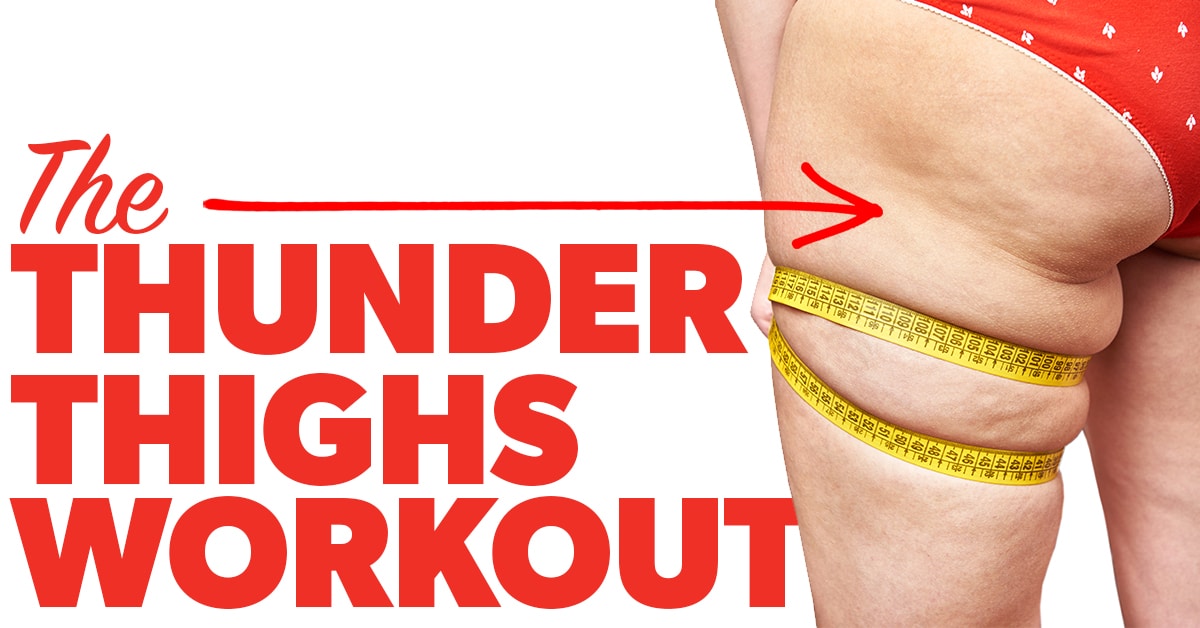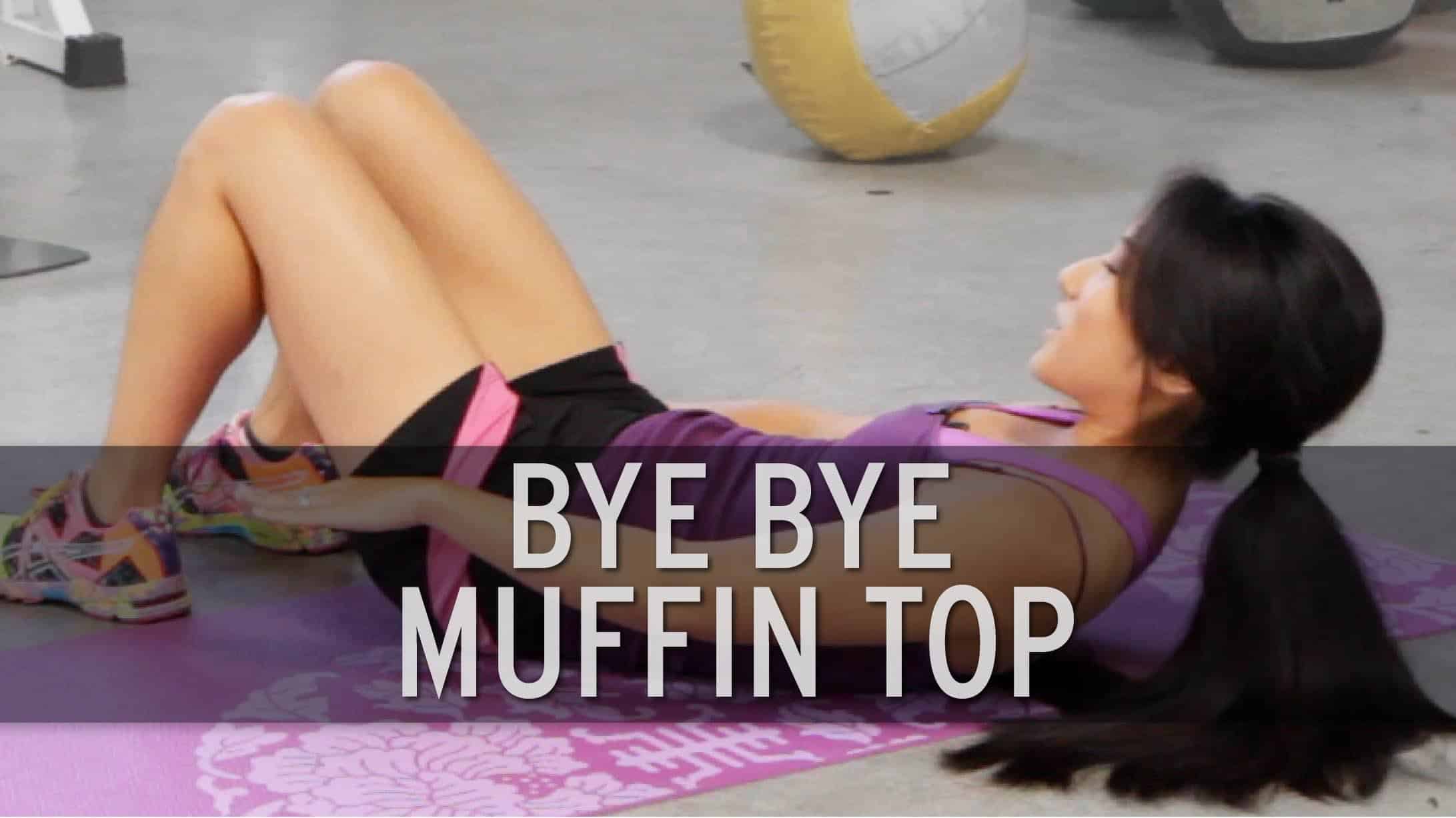If you’ve vowed to start exercising this year, good for you. But you may have made that promise for the past few years (it’s okay, we’ve all done it!) and not exactly honored and obeyed that vow. Here are a few tips to help you stay committed to your resolution.
Move More
Four out of five of us are not moving while working, and possibly not doing much the rest of the day, either. Moving more – through increased walking, exercising or playing a sport – is often touted as “the perfect drug” by health professionals, due to the positive effects it has on our health, metabolism, hormones and weight. The challenge with this drug, however, is that we can’t swallow it with water in five seconds. We need to actually do it … regularly. Here are some tips to get started moving more, sustainably:
- Choose an activity you enjoy – you’re more likely to stick with it.
- If you’re just getting off the couch, you don’t need to be exercising hard for an hour a day, six days per week right away. Choose an amount of activity that you feel confident you can stick to.
- Choose an intensity that allows your body to get stronger, not weaker. If you’re just getting started, aim to be training at an intensity of around 5 to 7 out of 10, where 1 = very, very easy and 10 = maximal effort. Many people run into trouble because they start going to exercise classes where they go all out multiple days per week, and their body cannot handle it. This usually results in excess fatigue or soreness, and increased risk of sickness or injury.
- Progress gradually to allow your body to adapt. There are a number of ways you can progress each week: frequency per week, duration of the activity, intensity of the effort (speed, distance, weight lifted, etc.). Remember that each one is its own variable – so going from running two days a week for 30 minutes at 6 miles per hour to running three days a week for 40 minutes at 6.5 miles per hour may be more than your body is bargaining for.
- Measure or track for feedback how often you exercise – whether it’s a pedometer or a set of check boxes for your weekly trips to the gym. To quote Peter Drucker, “You can’t manage what you don’t measure.”
Consider Sleep and Stress

A number of other factors can influence our ability to improve our eating or exercise habits, most notably sleep and stress. Our body’s most-significant repair and recovery processes occur during sleep. That’s why athletes who train hard need lots of sleep – or they may be increasing their risk of getting sick or injured. And it’s not just physical; adequate sleep has been shown to help us make better eating decisions. While getting seven to eight hours is ideal, even getting an extra 30 minutes of shut-eye can make a difference.
Our bodies are designed to adapt to intermittent bouts of stress slightly higher than what we’re used to. Unfortunately, we live in a society where we get exposed to high levels of never-ending stress. And that can lead to some negative metabolic and hormonal changes that can stagnate our health and fitness attempts. Anything you can do to reduce your stress levels – including meditation, yoga, sleep and appropriate levels of exercise – can be helpful. An important point to consider is that your body does not distinguish between mental and physical sources of stress, so when work stresses are high, you may want to ease your training intensity a little bit – and vice versa.
Three C’s of Sustainable Results
There are hundreds of ways to live healthier. If you’re looking for more ideas, feel free to check out the book, Death of the Diet, which has dozens of assessments and hundreds of tips to help you improve your eating or physical activity habits. But remember, the only options that matter are the ones that can be sustained long enough to help you achieve and maintain your goals. The rest are just noise.
When choosing what changes to make, consider these three C’s to maximize your chances of turning your new changes into permanent habits that lead to sustainable results:
Confidence
On a scale of 0 to 10, where 0 is “no confidence at all” and 10 is “I can do this without any doubts,” how confident are you that you can make this change?
Research shows that if you don’t choose 7 or higher, then you should adjust your proposed change until you get above 7. I tell people to aim for a few 9 and 10 changes when getting started, to get into a groove of success and build momentum.
Consistency
Choose changes that you can measure to determine whether you’re being consistent. How many servings of vegetables did you have each day? How many steps did you take? How many minutes did you go running this week? How much water did you drink today? These are the variables that you can control that will ultimately get you to your goals.
Control
We all have different preferences, priorities and schedules, so aim to make the changes that you feel you have the most control over. For physical activity, scan your weekly schedule for days and times that work for a workout, or even a walk around the block. For eating more vegetables, consider what level of food preparation you can accommodate: Do you want to do more batch cooking on the weekend so you can have healthy lunches for the week, make a nutritious green smoothie for breakfast every day, or just buy some prechopped crudites to have as an afternoon snack?
While preparing meals at home affords us much more control over the food we eat, it’s very possible to eat healthfully when eating at restaurants – you just need to be vigilant and unafraid to speak up. In fact, when I lost my 30+ pounds, I did it while being on the road five days a week as a consultant. You can read more about my experience in the preface of Death of the Diet. *Note: You can read the preface for free if you click the “Look inside” link.
Next week, nutrition tips for the New Year. You can do it!
Through his book and blog, Death of the Diet , Jason Machowsky, MS, RD, CSCS, strongpowers people to live the life they want by integrating healthy eating and physical activity habits into their daily routines. You can follow him on Twitter @JMachowskyRDFit .






